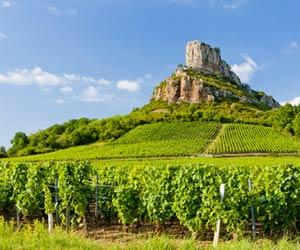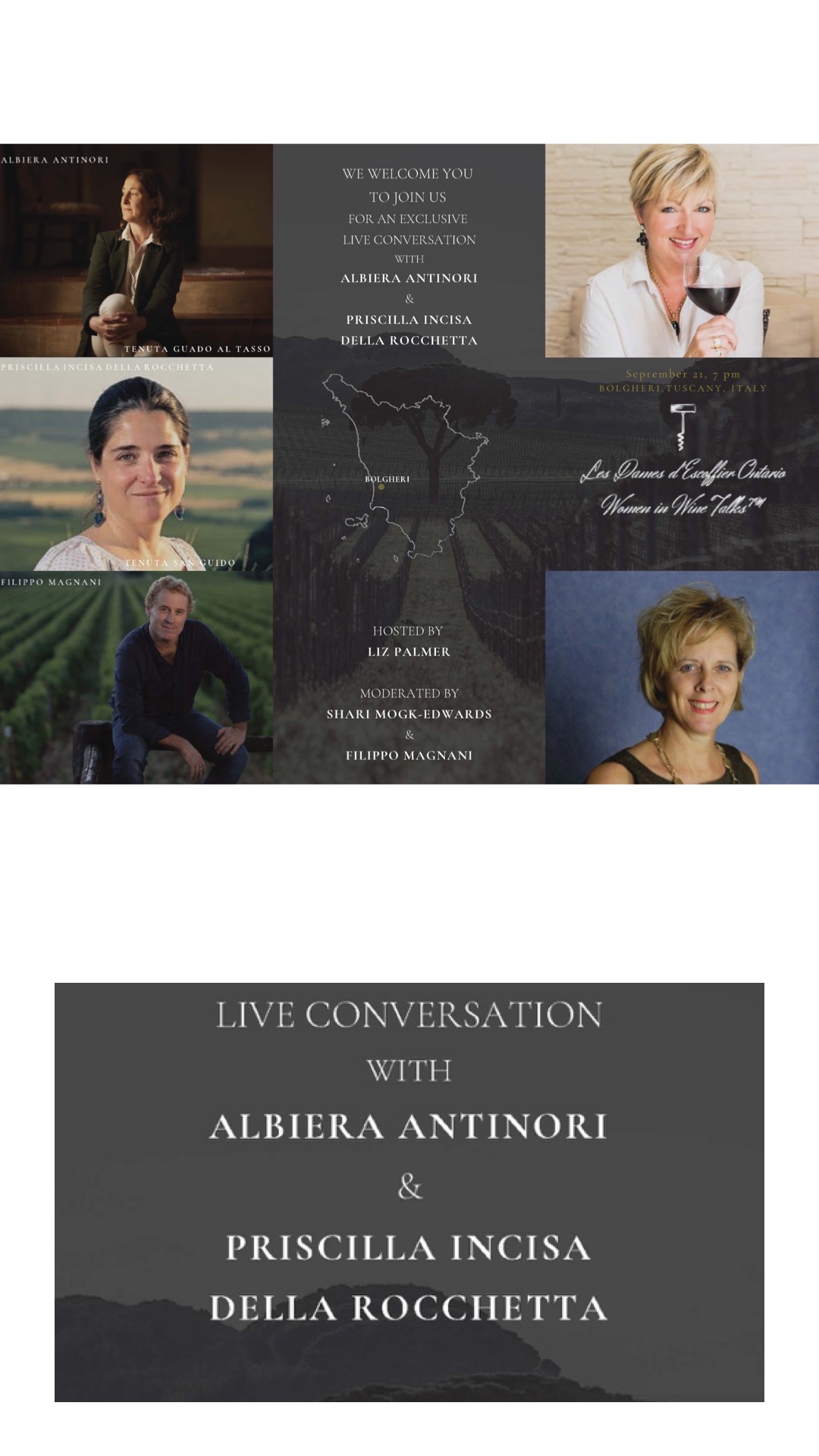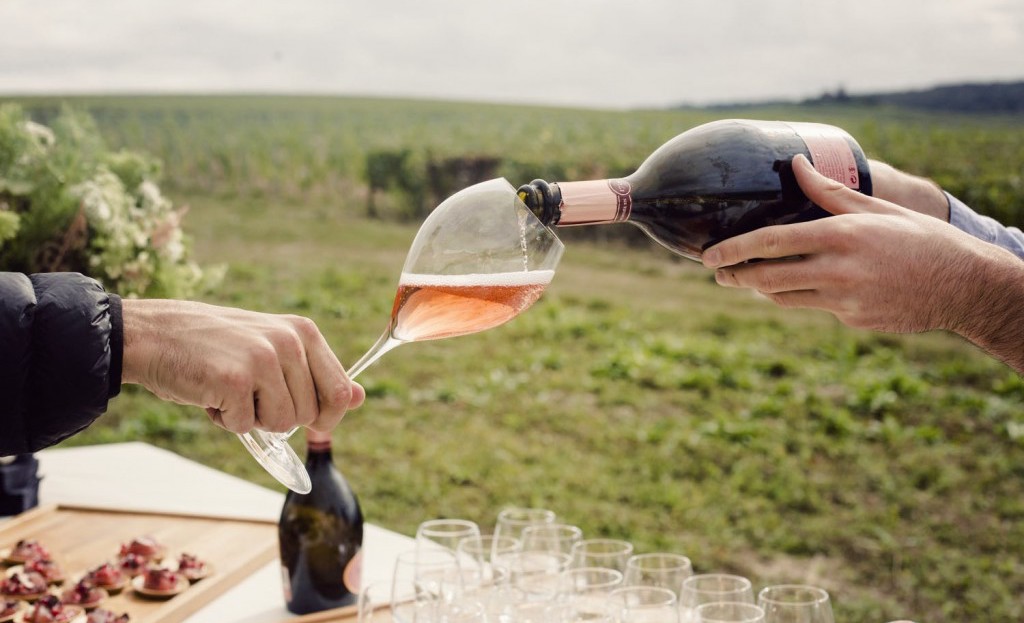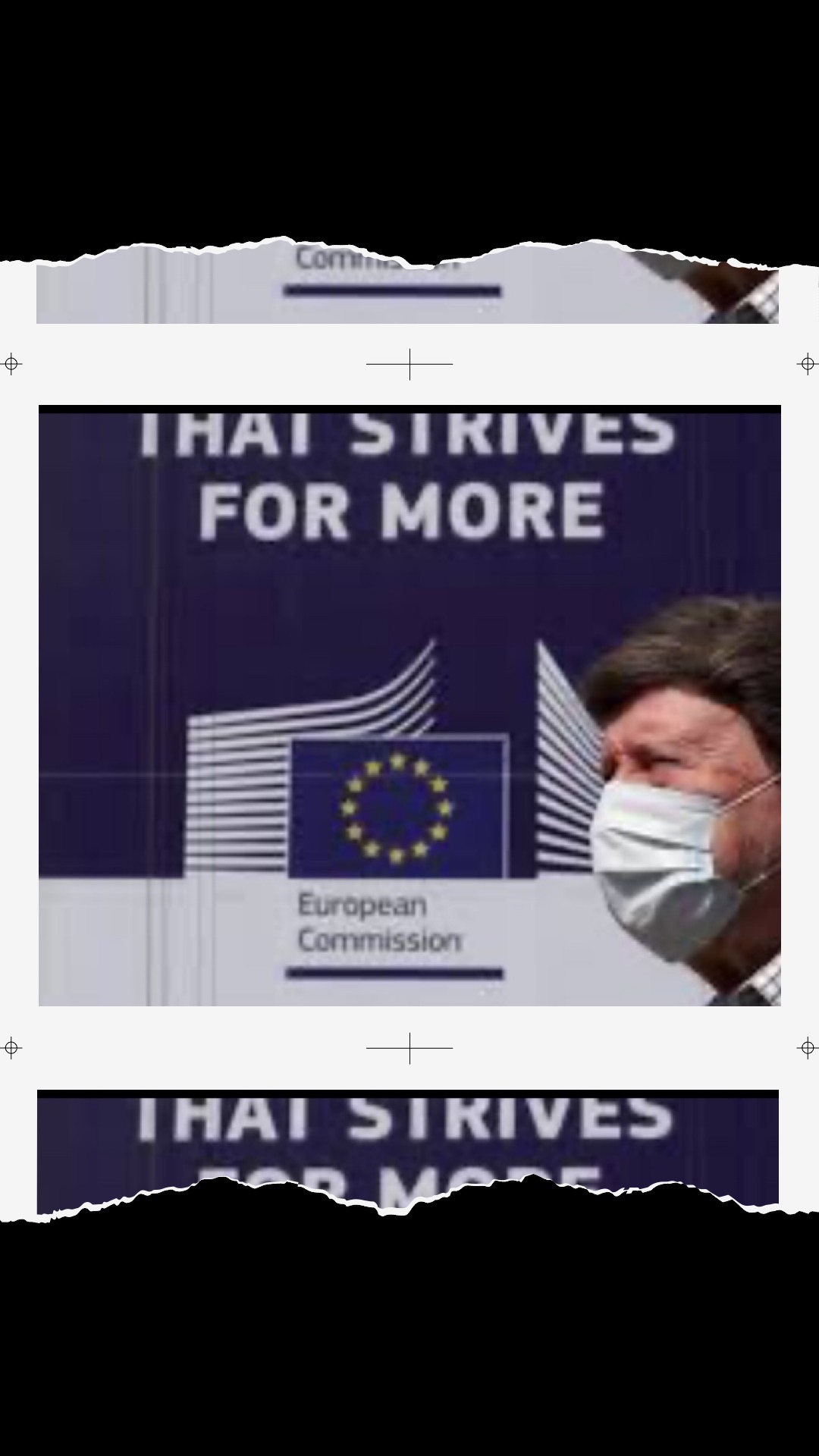
The French National Institute of Origin and Quality (INAO) has officially recognized 22 premier cru ‘climats’ within the Pouilly-Fuissé appellation.
The AOP Pouilly-Fuissé will become the first appellation within Burgundy’s Mâconnais sub-region to benefit from premier cru vineyards.
The 22 new premier crus account for a total of 194ha of land planted to vine, corresponding to circa 24% of Pouilly-Fuissé’s total vineyard area (800ha), spread over the four communes of the appellation: Chaintré, Fuissé, Solutré-Pouilly and Vergisson.
A proposal for the recognition of these climats as premier crus was first submitted to the INAO 10 years ago. Since then, the INAO has been working in partnership with the Organization for the Defense and Management (ODG) of the Pouilly-Fuissé appellation to assess the worthiness of these ‘terroirs’.
The 22 new premier crus, commune by commune
Chaintré:
- Le Clos de Monsieur Noly
- Les Chevrières
- Aux Quarts
- Le Clos Reyssier
Fuissé:
- Le Clos
- Les Brulés
- Les Ménétrières
- Les Reisses
- Les Vignes Blanches
- Les Perrières
- Vers Cras
Solutré-Pouilly:
- La Frérie
- Le Clos de Solutré
- Au Vignerais
- En Servy
- Aux Bouthières
- Aux Chailloux
- Pouilly
- Vers Cras
Vergisson:
- Les Crays
- La Maréchaude
- Sur la Roche
- En France
#wine #bourgogne #burgundy #pouillyfuisse #Mâconnais





